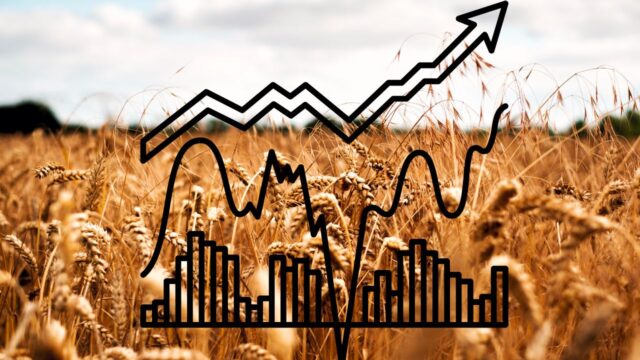
If you’re looking to diversify your investment portfolio, wheat futures may be a good choice. Futures trading allows you to buy or sell an asset at a specific price, with the agreement to settle the transaction at a later date.
Wheat futures are a type of commodity futures, which means that they allow you to invest in the price of wheat. But how do you invest in wheat futures? In this beginner’s guide, we will explore how to invest in wheat futures and what you need to know before getting started.
Understand the basics of wheat futures
Before investing in wheat futures, it’s important to understand the basics of futures trading. Wheat futures are standardised contracts that allow you to buy or sell wheat at a specific price and date in the future. The price of wheat futures is based on the current price of wheat, as well as supply and demand factors. Wheat futures are traded on commodity exchanges, such as the Chicago Board of Trade.
Open a futures trading account
To invest in wheat futures, you need to open a futures trading account with a broker that specialises in futures trading. You’ll need to provide personal and financial information, as well as complete a risk disclosure agreement. Once your account is set up and funded, you can start trading wheat futures.
Choose your wheat futures contract
Wheat futures contracts come in different sizes and delivery months. The two main types of wheat futures contracts are Chicago Soft Red Winter Wheat and Kansas City Hard Red Winter Wheat. The Chicago contract is the most actively traded wheat futures contract in the world, while the Kansas City contract is geared towards higher protein wheat. You can choose which contract to invest in based on your investment goals and risk tolerance.
Monitor the wheat market
Investing in wheat futures requires you to have a good understanding of the wheat market. You should monitor news and market reports related to wheat, such as weather conditions and stockpiles. It’s also important to keep an eye on the movements of wheat futures prices, as this will help you make informed investment decisions.
Manage your risk
As with any investment, there’s always a risk of losing money when investing in wheat futures. It’s important to manage your risk by setting stop-loss orders and not investing more than you can afford to lose. You should also diversify your investment portfolio and not put all your eggs in one basket.
Conclusion:
Investing in wheat futures can be a profitable way to diversify your investment portfolio. However, it’s important to understand the basics of futures trading and the wheat market before getting started. By opening a futures trading account, choosing the right wheat futures contract, monitoring the wheat market, and managing your risk, you can make informed investment decisions and potentially earn a return on your investment. Always do your own research and consult a financial advisor before making any investment decisions.


































